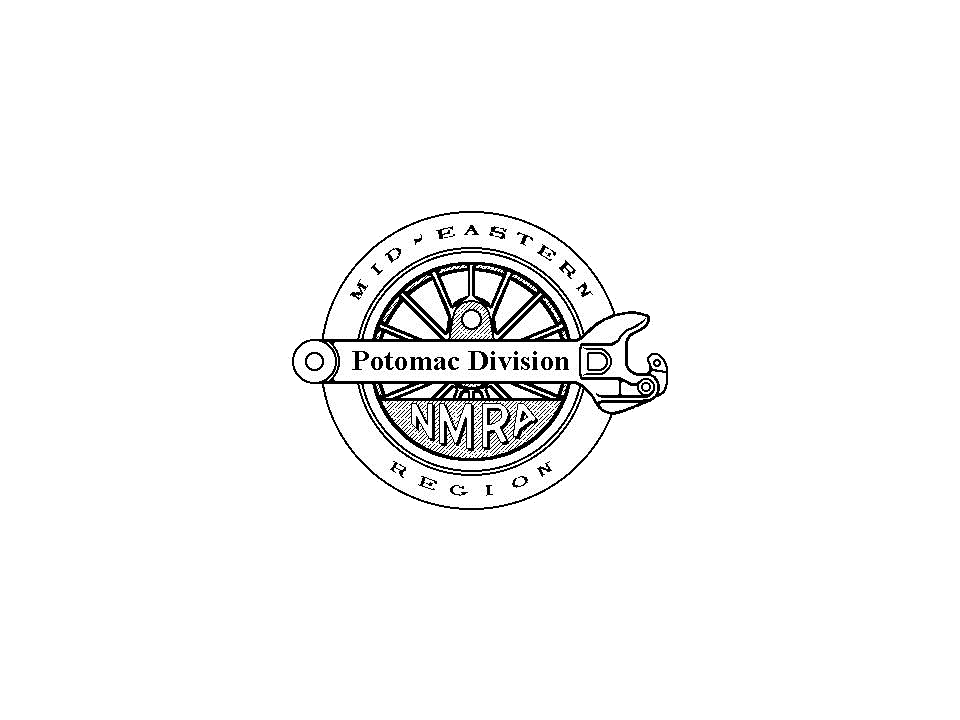September 3rd, 2016
Dean Ripple's B&O Monongah Division, Gaithersburg, MD
Ed Rosado's Puerto
Rican American Railroad, Germantown, MD

| Gaithersburg/Germantown
Double-Header September 3rd, 2016 Dean Ripple's B&O Monongah Division, Gaithersburg, MD
Ed Rosado's Puerto
Rican American Railroad, Germantown, MD |
 |